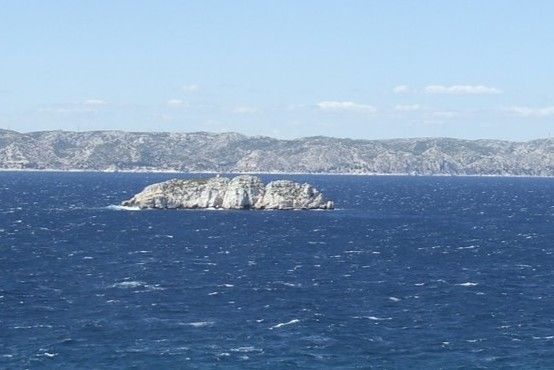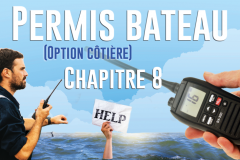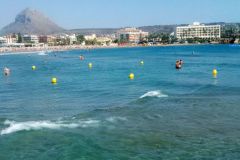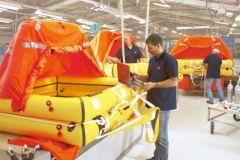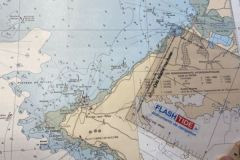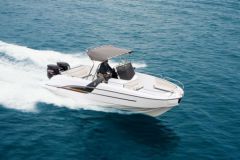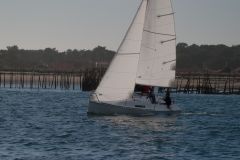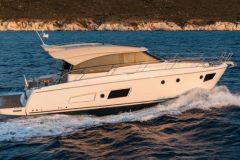Each week, Bateaux.com offers you a question on the boating licence . You can thus complete your knowledge or increase your skills on the very broad field of boating. This week, we will focus on the regulation of pleasure boating and the notion of shelter.
What is a shelter?
Division 240, which sets out the French rules for recreational boating, states that a shelter is "a place on the coast where any craft, boat or vessel and its crew can safely anchor, land or come alongside and leave without assistance . This concept takes into account the weather and sea conditions at the time as well as the characteristics of the craft, boat or vessel."
This definition of shelter is precise, particularly with regard to the fact that it is possible to "leave without assistance", but it requires that each possibility of shelter be analyzed by the captain on a case-by-case basis according to the following criteria
Characteristics of the boat is the draft sufficient to access all ports and shelters? If it is a grounding port, is my boat groundable (able to run aground without risk of damage to the hull or power plant)?
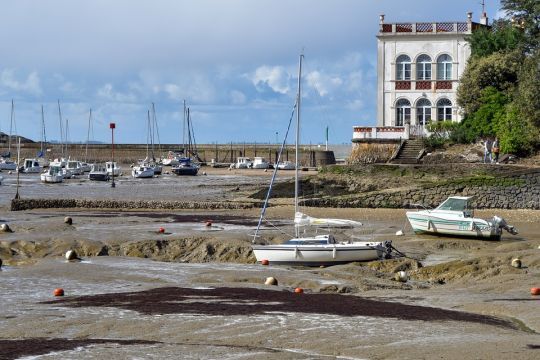
About accessibility is the shelter accessible at all times depending on the tide? Is it accessible regardless of wind conditions (direction and strength) and sea conditions (swell and windward sea)? For example, the river and the port of Etel are not accessible in certain weather conditions for certain types of boats.
Safe landing opportunities is the shelter a safe and secure place for me to disembark my passengers?
In our case, the beach, the first possibility, cannot be a shelter because even if the boat is groundable, the beach with breaking waves cannot in any case constitute a shelter (strong danger for the passengers during the disembarkation and big risks of damage of the boat). The second possibility does not allow to disembark the passengers and it is thus the third possibility, the port located at 3,5 miles which remains the best option even if the distance to be traversed is greater.
Why is the concept of shelter important?
In terms of regulations, this notion is very important because it defines, through the distance at which one can move away from a shelter, the possible navigation zone and the equipment on board. There are three criteria:
The type of boat you use some of them are small (kayak, sea scooter, kite-surf, etc.) and do not allow a distance of more than 2 miles from a shelter. There are two exceptions: personal watercraft that can carry more than 1 person and self-bailing sea kayaks that can travel up to 6 miles from a shelter, but with additional safety equipment.
Safety equipment on board division 240: pleasure craft and vessels must carry a list of safety equipment according to the distance from the shelter. Division 240 defines 4 zones described in the diagram below:
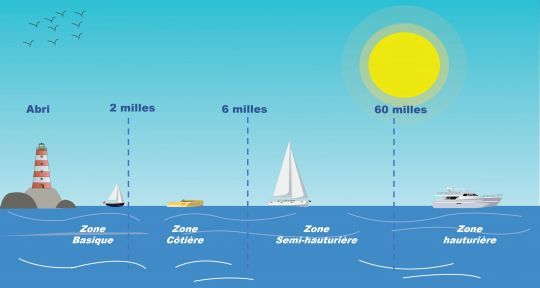
The lists of equipment are indicated to meet the needs of most cases, but it is the responsibility of the skipper to equip himself with the additional equipment necessary for his boat (e.g. a boat with through-hulls and internal seawater circulation will need to be fitted with pinochle). In addition, it is important not to forget to have the necessary equipment to be compliant with the RIPAM (e.g. navigation lights or a foghorn).
Type of boating license for motorboats the coastal license allows you to sail up to 6 miles from a shelter and to sail beyond that distance, you must have the offshore extension.

 /
/ 